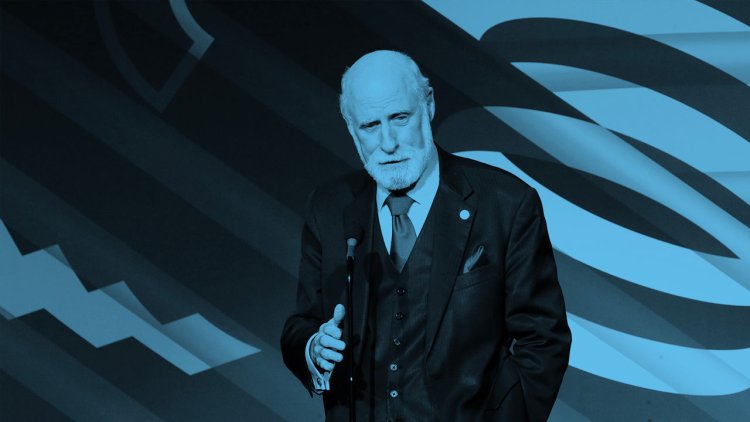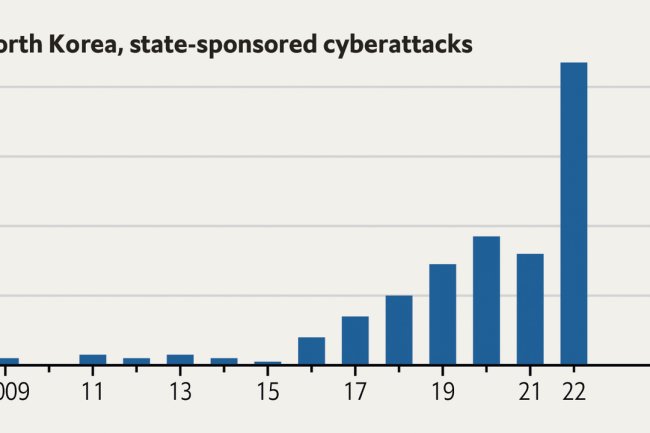An interview with Vint Cerf, one of the “fathers of the internet”
ALMOST 50 YEARS ago, Vint Cerf and Bob Kahn designed TCP/IP, a set of rules enabling computers to connect and communicate with each other. It led to the creation of a vast global network: the internet. TCP/IP is how almost the entirety of the internet still sends and receives information. Vint Cerf is now 80 and serves as the chief internet evangelist and a vice president at Google. He is also the chairman of the Marconi Society, a group that promotes digital equity.Alok Jha, The Economist’s science and technology editor, asks Vint to reflect on the state of the internet today and the lessons that should be learned for the next, disruptive technology: generative artificial intelligence. Vint Cerf explains how he thinks large language models can be regulated without stifling innovation—ie, more precisely based on their specific applications. Runtime: 37 minFor full access to The Economist’s print, digital and audio editions subscribe at economist.com/podcastoffer and sign up for our wee


ALMOST 50 YEARS ago, Vint Cerf and Bob Kahn designed TCP/IP, a set of rules enabling computers to connect and communicate with each other. It led to the creation of a vast global network: the internet. TCP/IP is how almost the entirety of the internet still sends and receives information. Vint Cerf is now 80 and serves as the chief internet evangelist and a vice president at Google. He is also the chairman of the Marconi Society, a group that promotes digital equity.
Alok Jha, The Economist’s science and technology editor, asks Vint to reflect on the state of the internet today and the lessons that should be learned for the next, disruptive technology: generative artificial intelligence. Vint Cerf explains how he thinks large language models can be regulated without stifling innovation—ie, more precisely based on their specific applications. Runtime: 37 min
For full access to The Economist’s print, digital and audio editions subscribe at economist.com/podcastoffer and sign up for our weekly science newsletter at economist.com/simplyscience.
Listen on: Apple Podcasts | Spotify | Google | Stitcher | TuneIn
What's Your Reaction?













